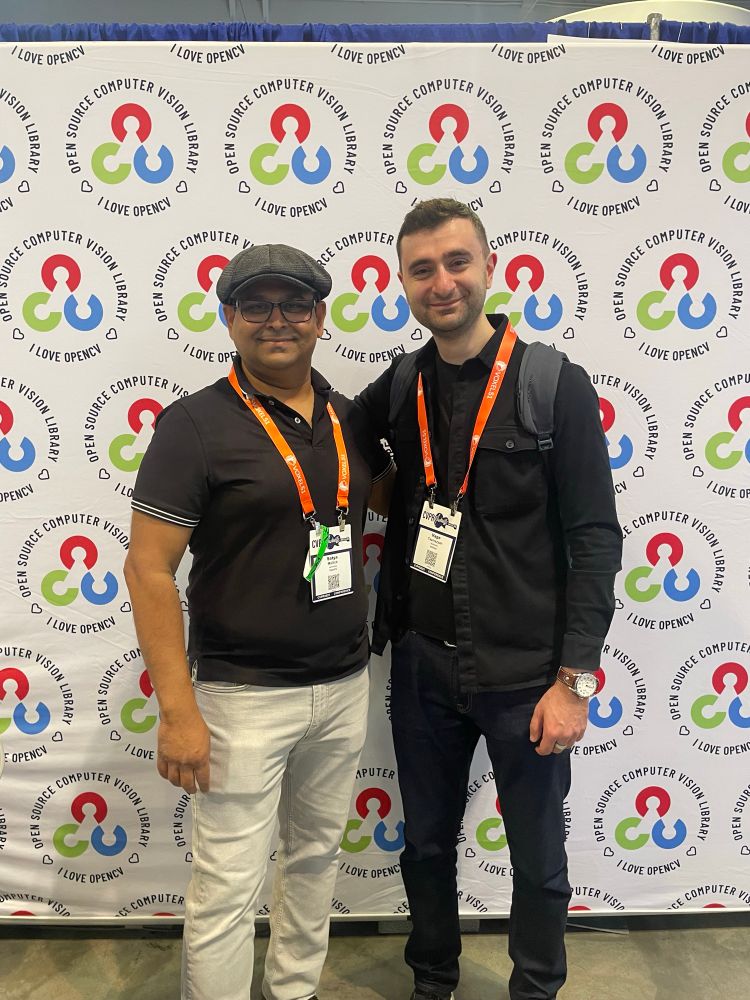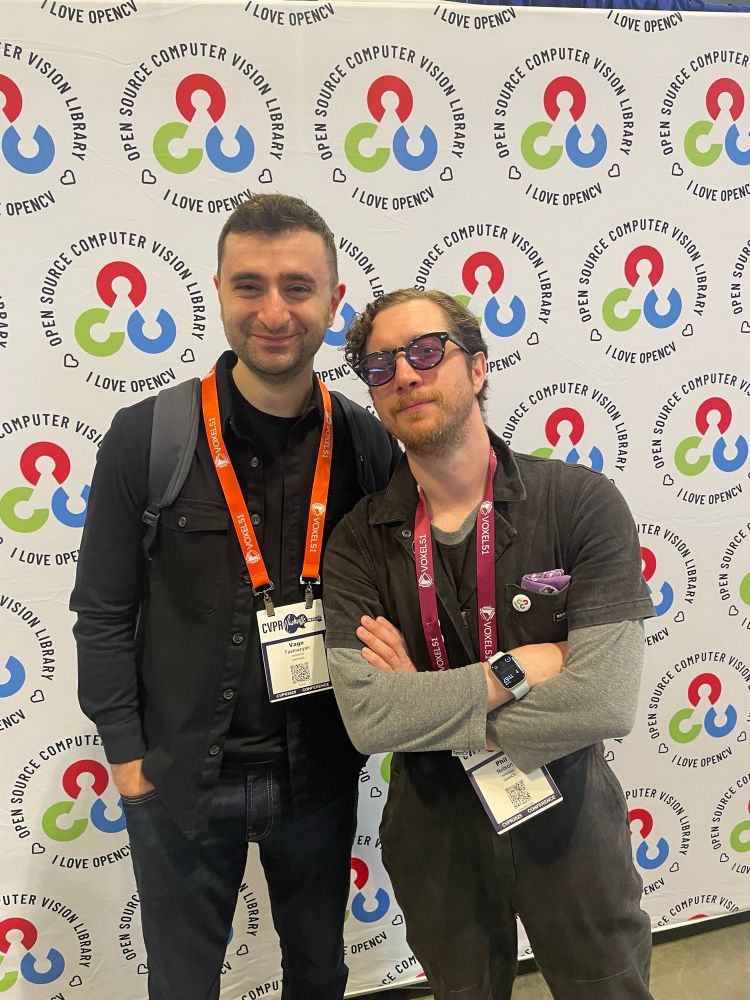

Over the past 6 months, we teamed up with OpenCV, the BOP benchmark, and the CIRP Lab @uhmanoa.bsky.social to run a global challenge on 6DoF pose estimation for complex industrial parts. 🧵
Over the past 6 months, we teamed up with OpenCV, the BOP benchmark, and the CIRP Lab @uhmanoa.bsky.social to run a global challenge on 6DoF pose estimation for complex industrial parts. 🧵
- Answering yes to an obvious question? → “Do You Need X for Y?”
- New one-shot model? → “X Anything”
- Overhyping something trivial? → “All You Need Is X”
- Answering yes to an obvious question? → “Do You Need X for Y?”
- New one-shot model? → “X Anything”
- Overhyping something trivial? → “All You Need Is X”
Violets are blue,
Submissions are open,
We're waiting for you.
A few important updates regarding the Bin Picking Challenge:
opencv.org/blog/importa...

Violets are blue,
Submissions are open,
We're waiting for you.
A few important updates regarding the Bin Picking Challenge:
opencv.org/blog/importa...
Our small research team is looking for two talented interns to join us! If you're passionate about cutting-edge research at the intersection of computer vision and robotics, this is your chance to contribute to an exciting, high-impact project.
Our small research team is looking for two talented interns to join us! If you're passionate about cutting-edge research at the intersection of computer vision and robotics, this is your chance to contribute to an exciting, high-impact project.
We’ve developed a plenoptic 3D vision system that addresses a key challenge in industrial robotics: providing robots reliable 3D input data. 🧵⬇️
We’ve developed a plenoptic 3D vision system that addresses a key challenge in industrial robotics: providing robots reliable 3D input data. 🧵⬇️
Show the world that it actually works in practice and join the BOP challenge. 🦾
7 days left to win the BOP 2024 awards in the model-based and model-free tracks. 🏆
If you are interested in 3D Vision - specially in using light & camera motion for reconstruction - MVS, SFM, SLAM with Photometric Stereo, and its application in robotics and medical imaging please reach out to me!
If you are interested in 3D Vision - specially in using light & camera motion for reconstruction - MVS, SFM, SLAM with Photometric Stereo, and its application in robotics and medical imaging please reach out to me!


